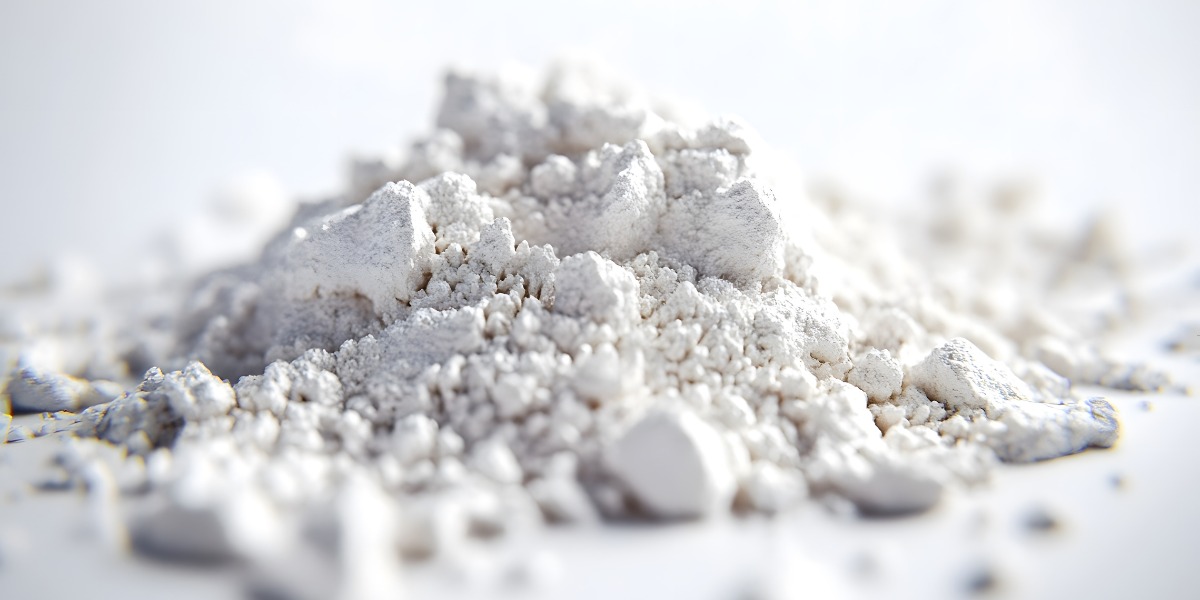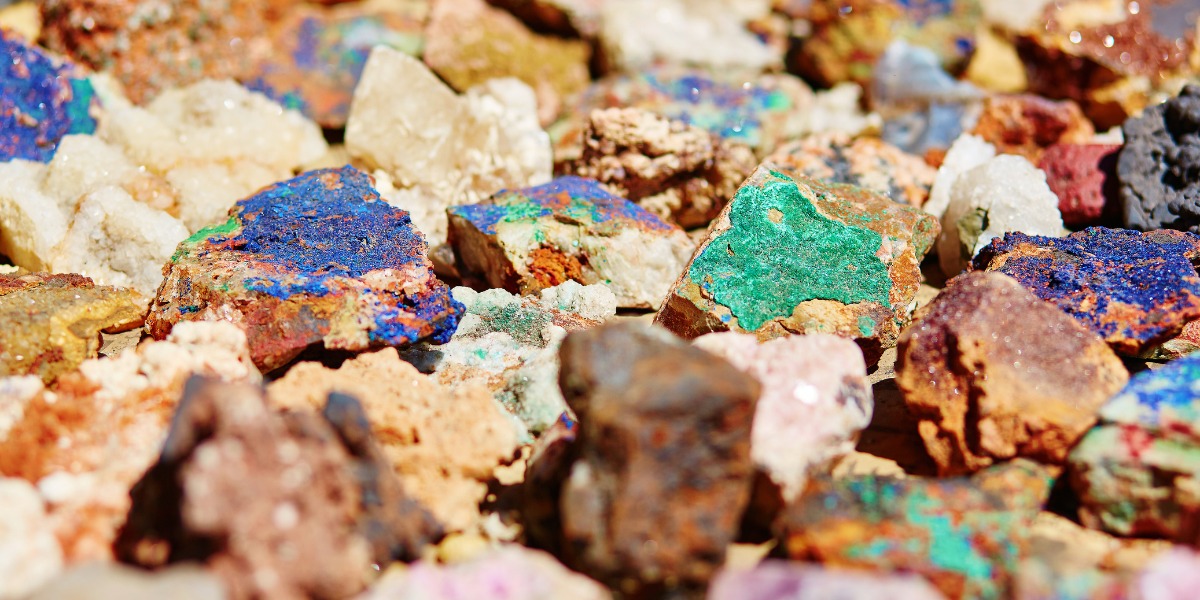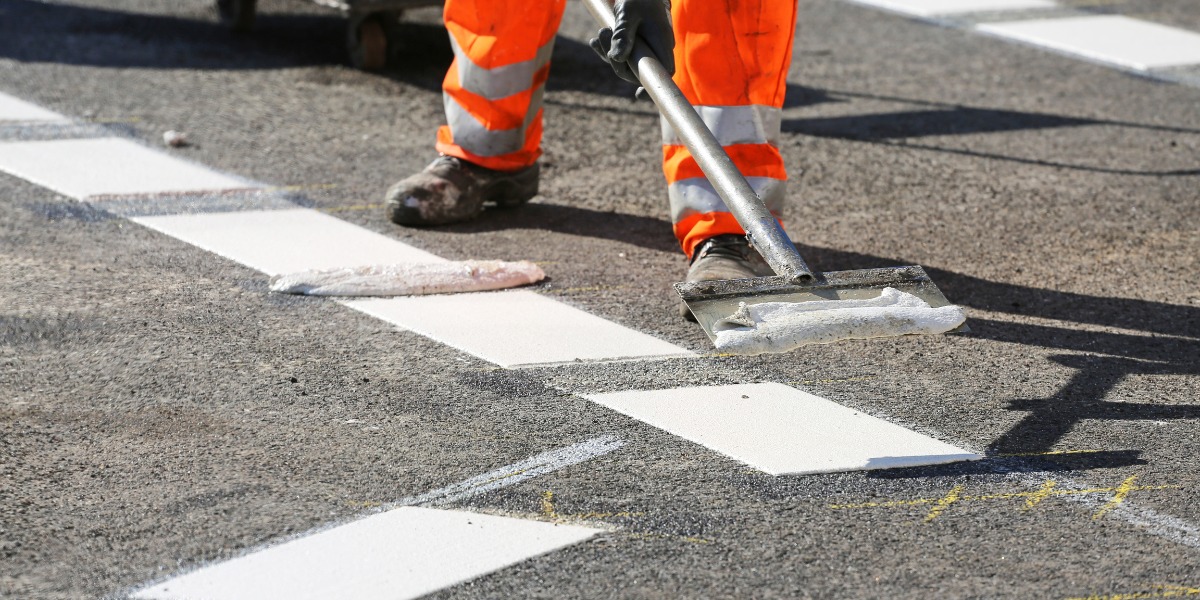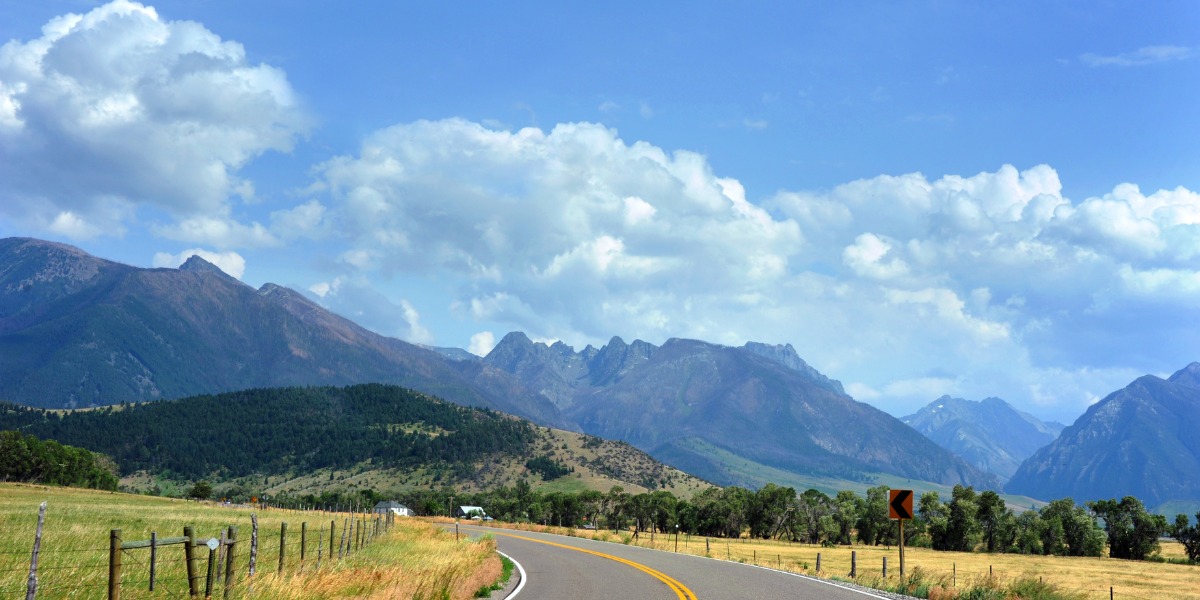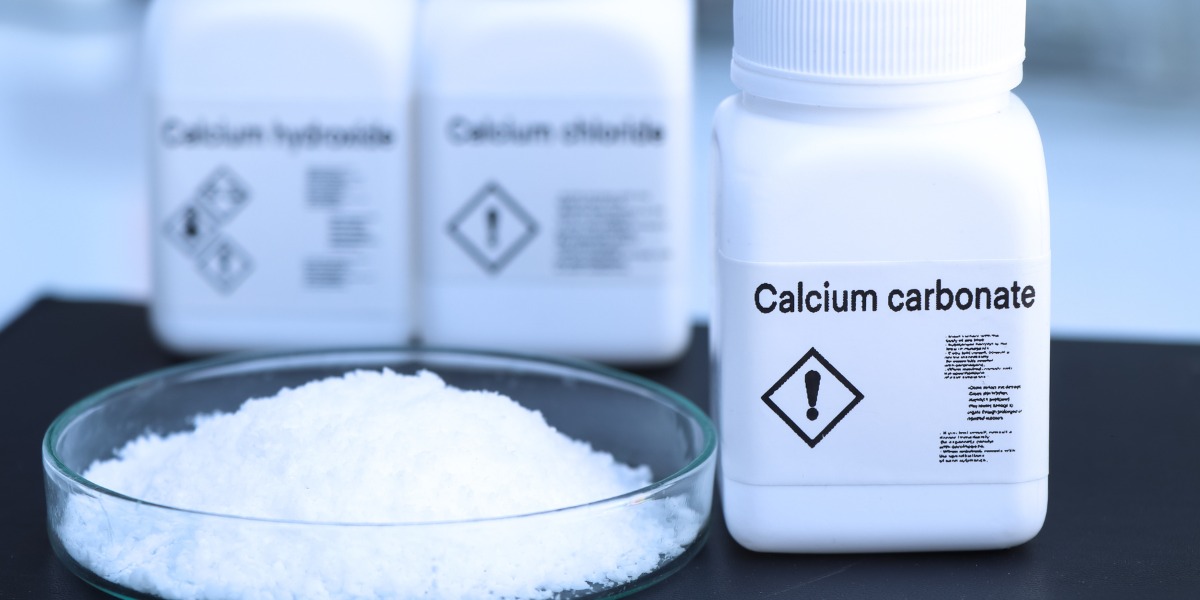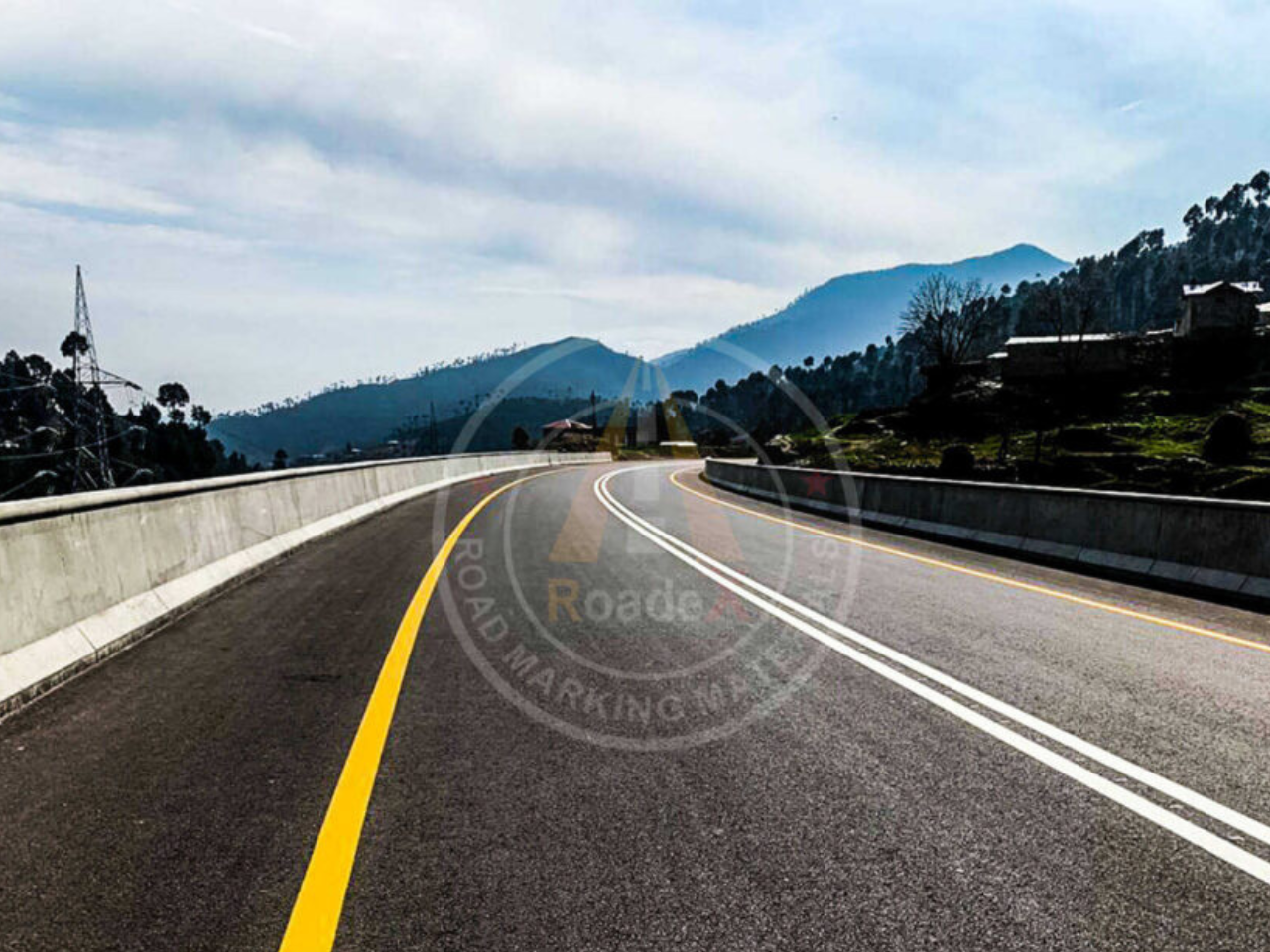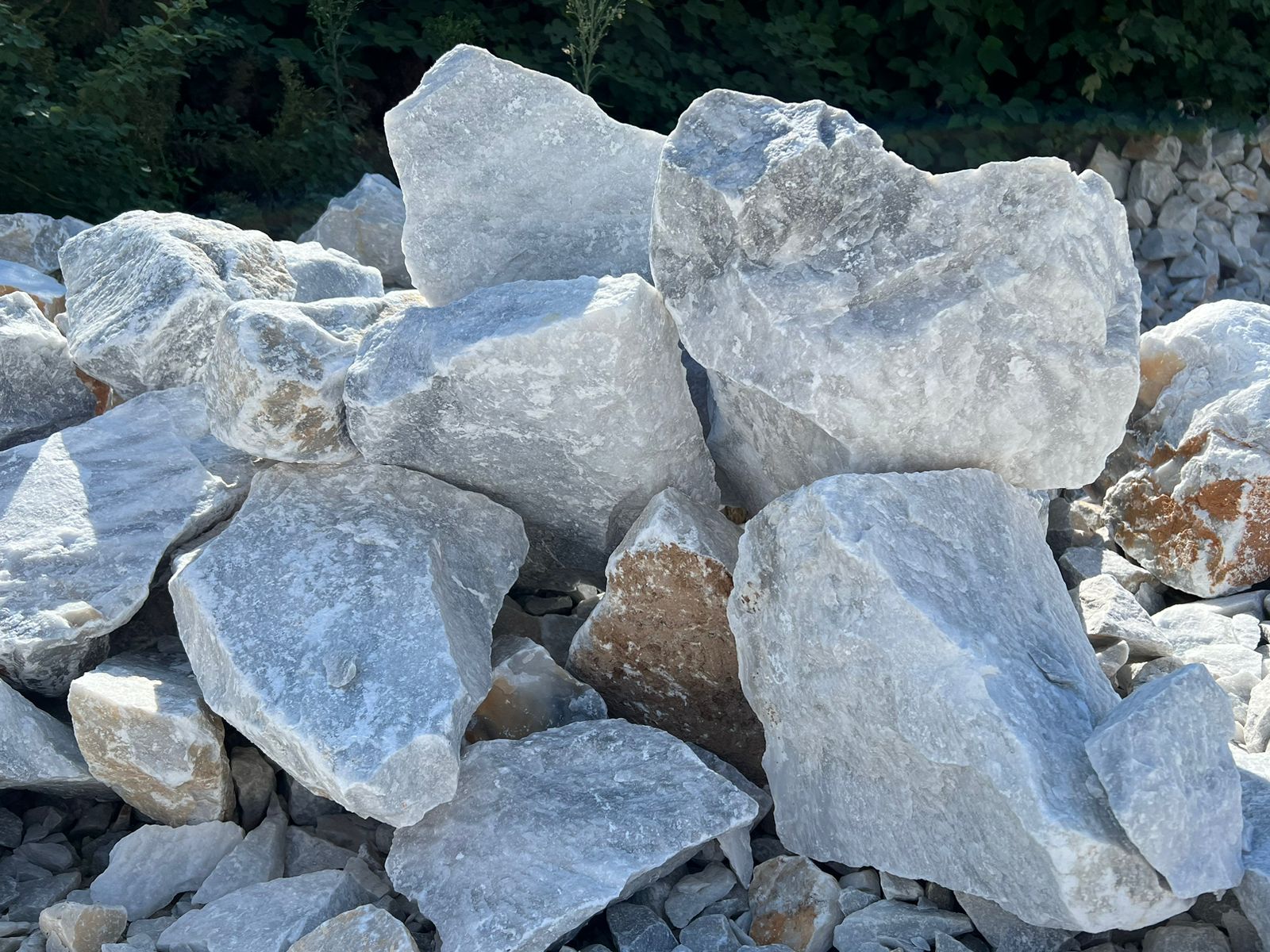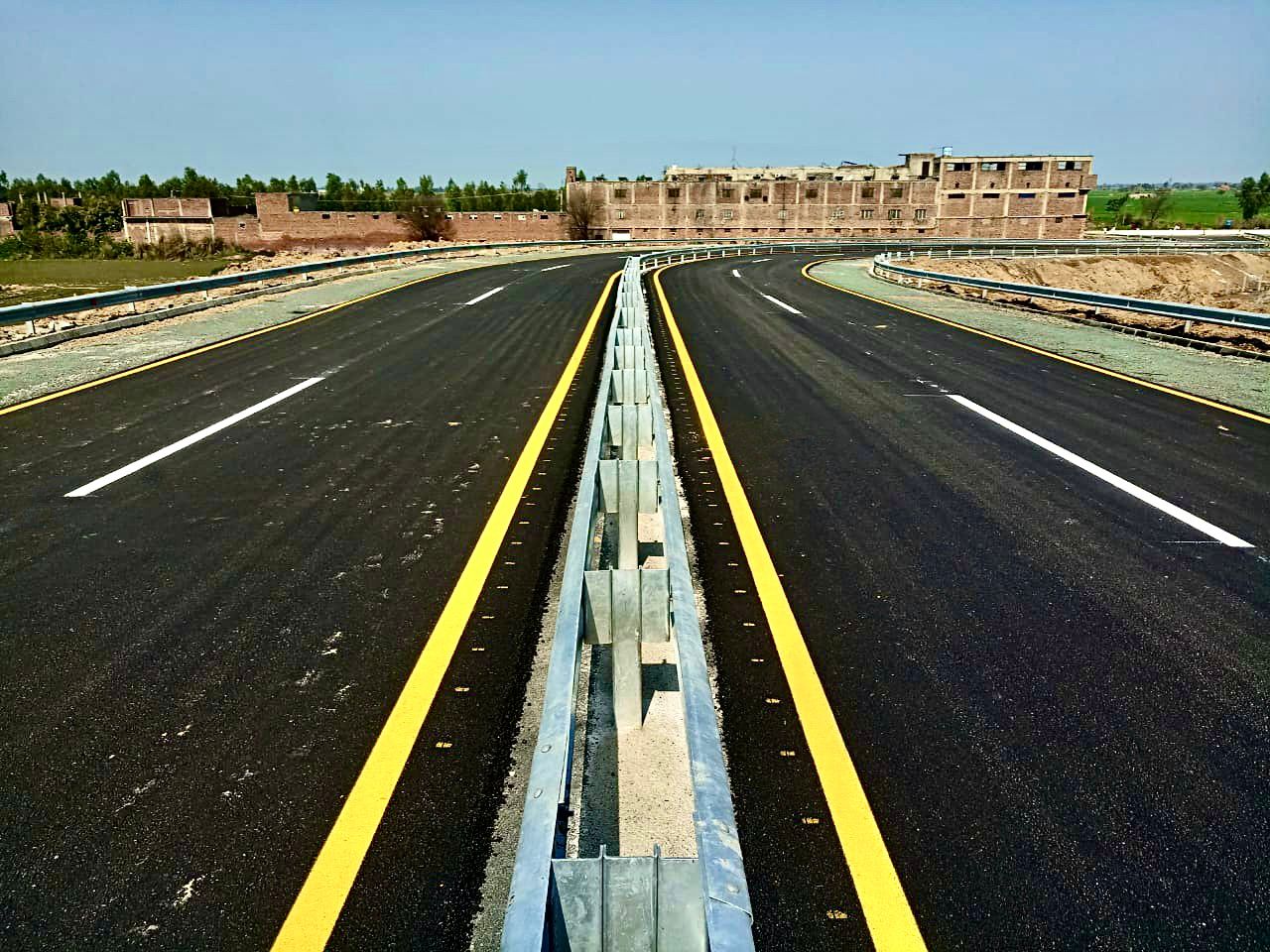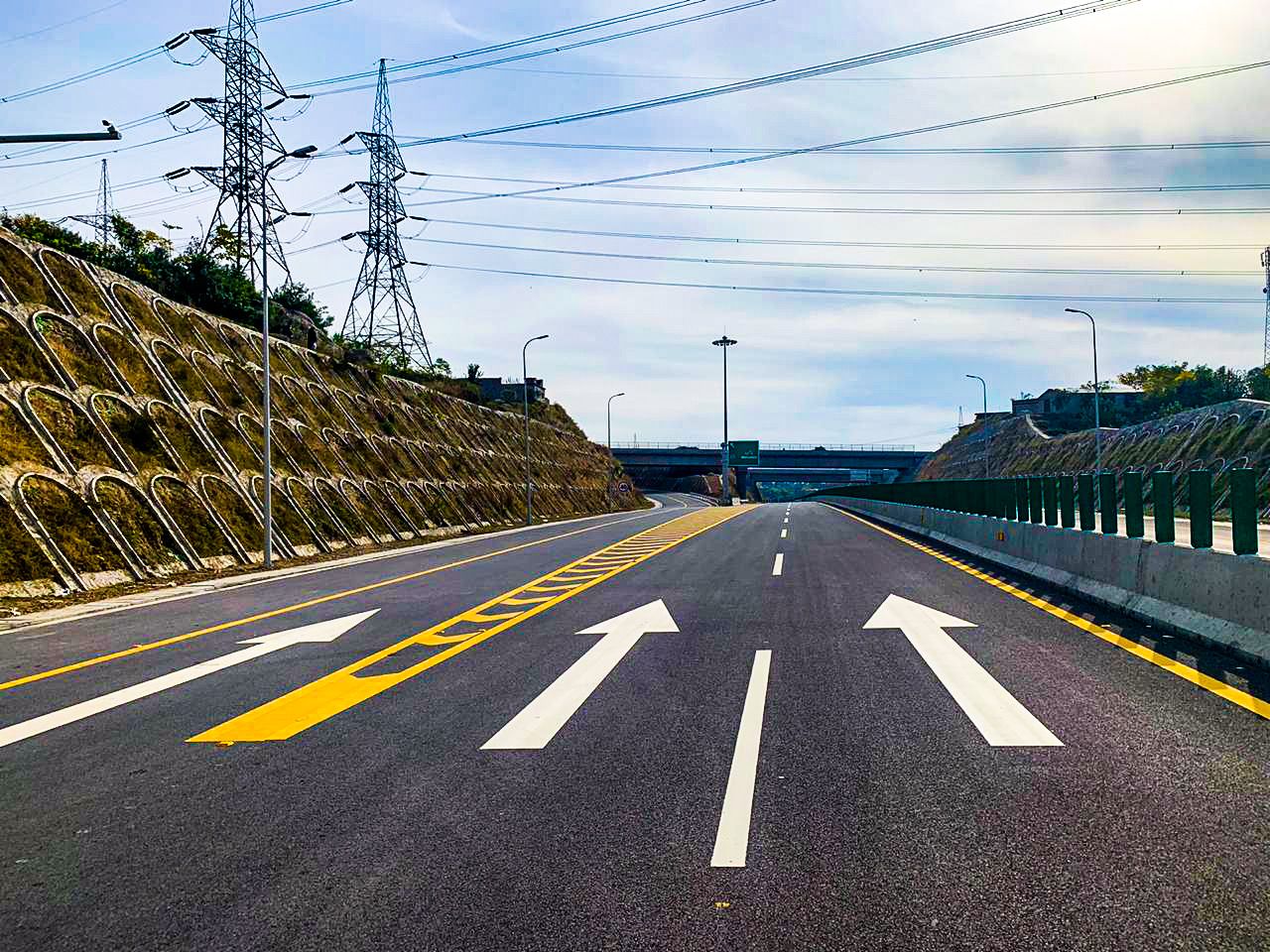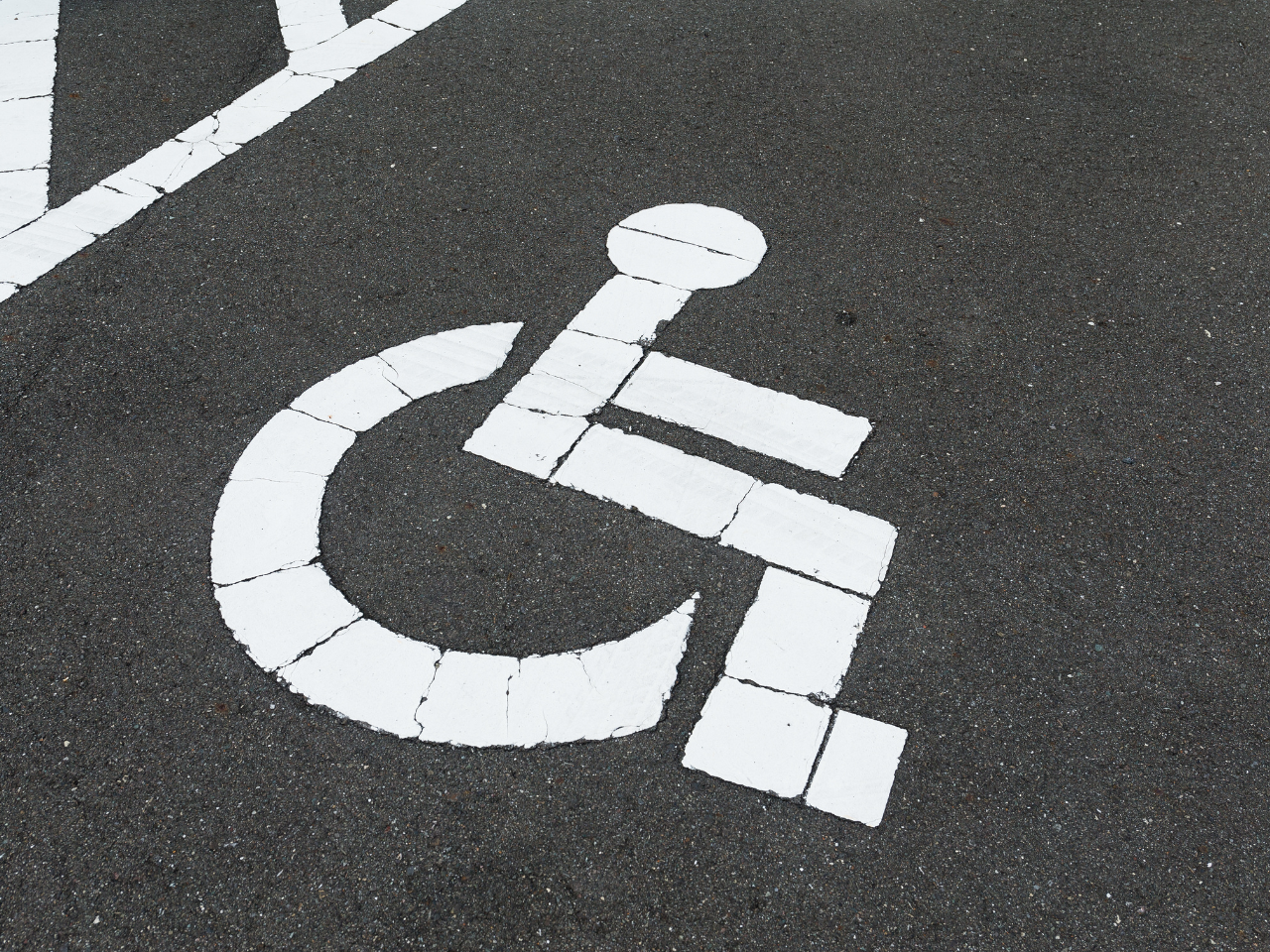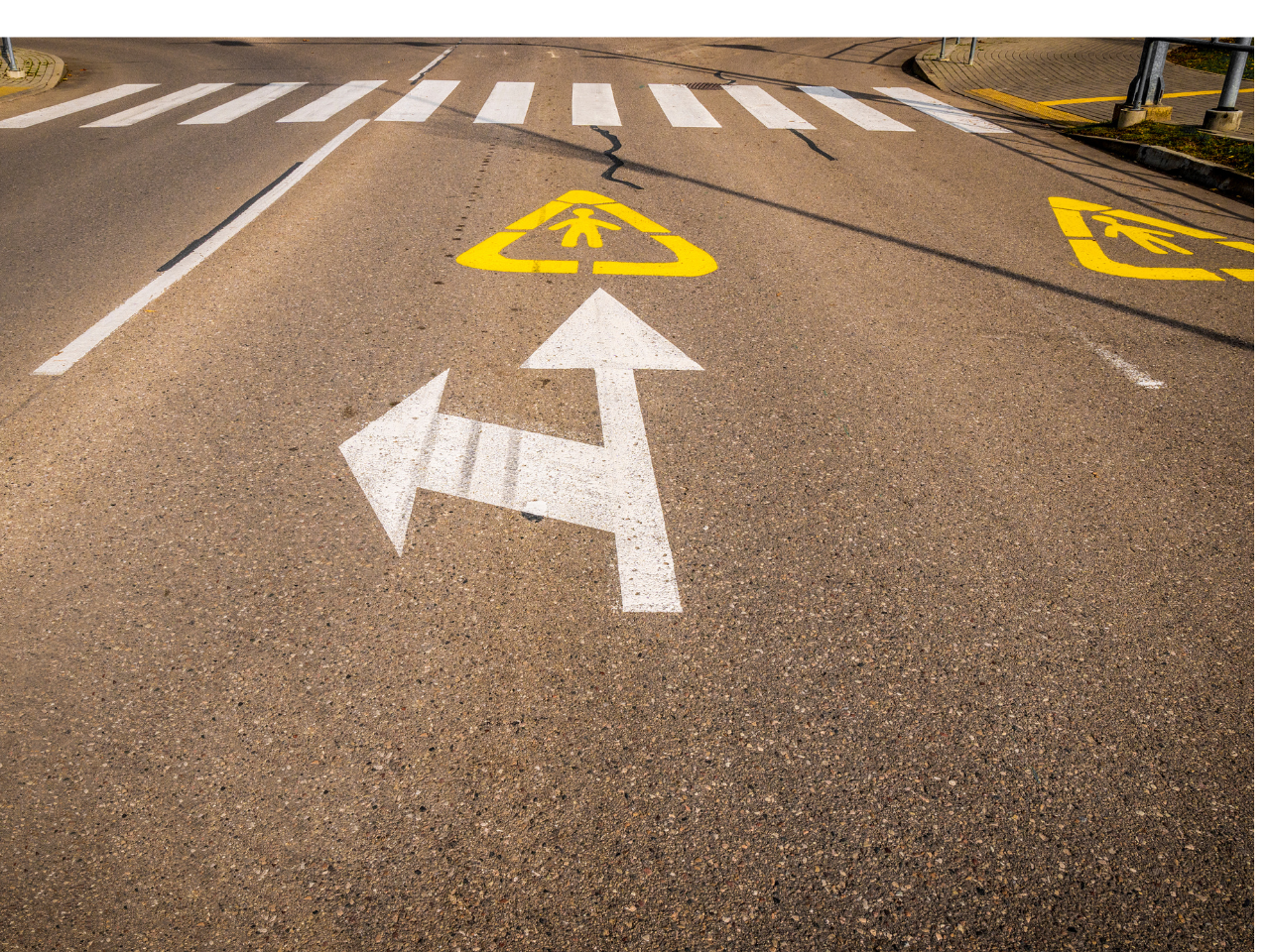Why was there a need for the Blue road Paint project?
The blue road paint project at Lahore has been the talk of the town. Many people have found it astonishing. While it is as we are habitual of looking at dark black roads. However, Pakistan is among the countries of the world that face huge temperature rises in summer. The summers in Pakistan are filled with heat waves, record humidity, and high temperatures.
The reason for rising temperatures is Global warming which has been triggered by Environmental pollution. The world is facing the challenge of Global warming. Global warming has had a significant impact on Pakistan, leading to various environmental and socio-economic challenges. The country has experienced a rise in average temperatures, resulting in more frequent and intense heat waves. This has posed severe health risks, especially for vulnerable populations, and has strained energy resources as the demand for cooling systems surges.
The melting of glaciers in the Himalayas, which Pakistan heavily relies on for freshwater supply, is another pressing concern. As these glaciers recede, the country faces the risk of water scarcity and potential conflicts over shared water resources with neighboring countries. This further threatens agricultural productivity and exacerbates existing socio-economic disparities.
Whilst the developed world is using extensive techniques to reduce pollution, we cannot deploy most of those techniques in Pakistan given the financial constraints.
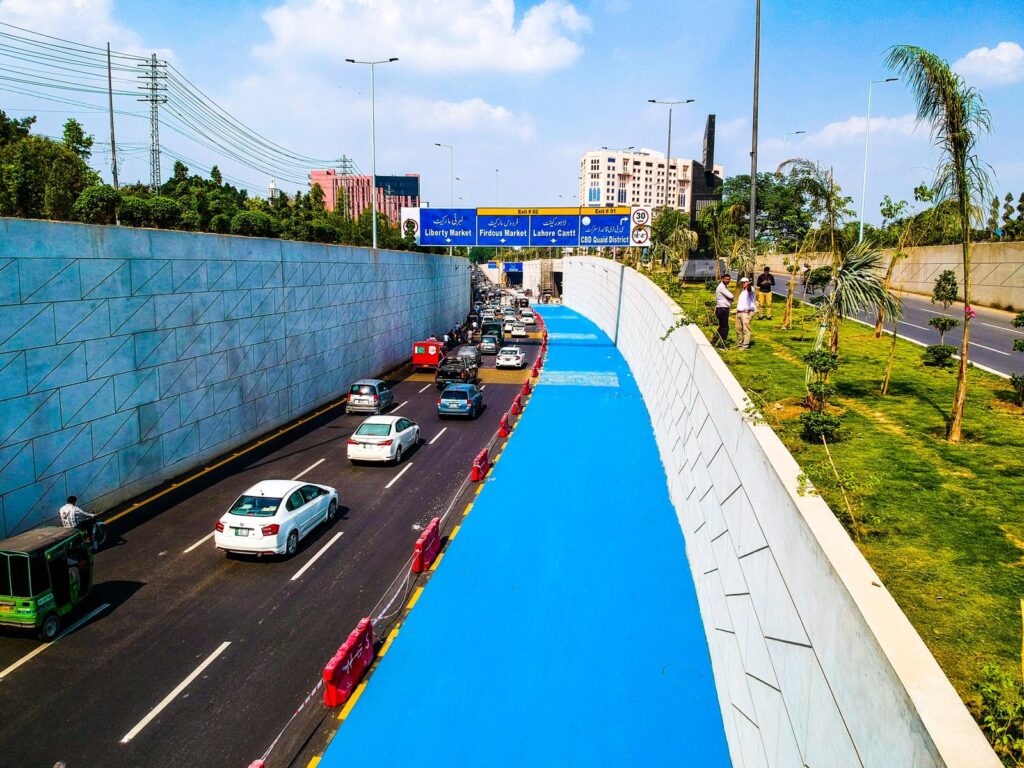
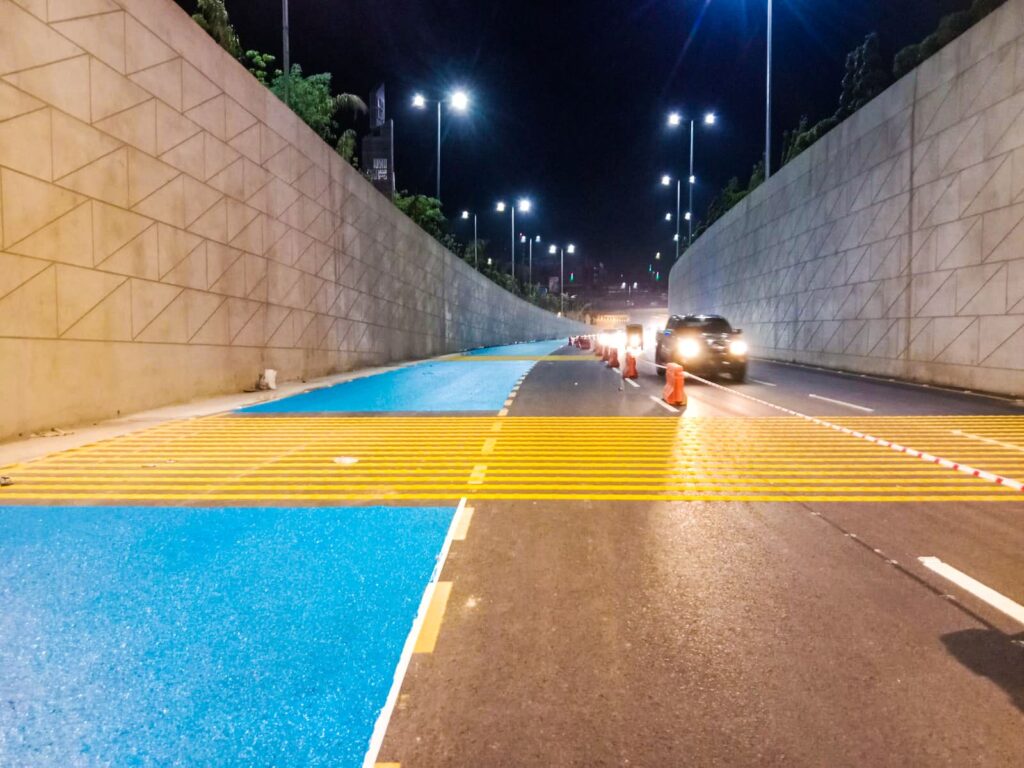
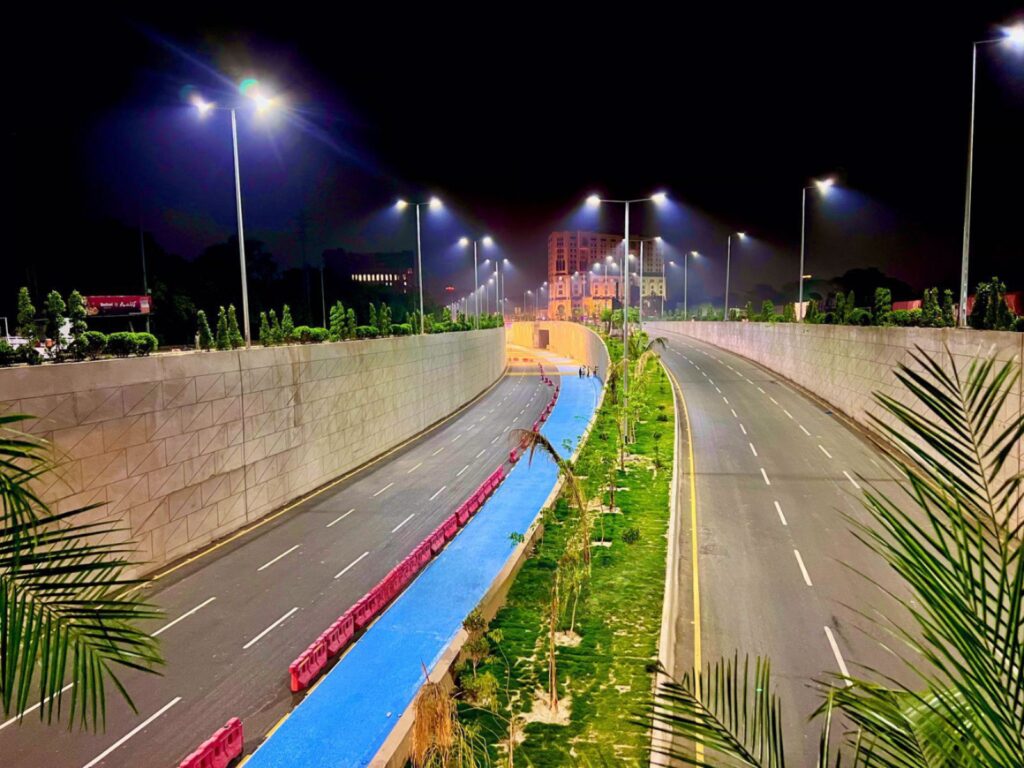
What is Blue Paint?
Environmentally friendly blue road paint refers to a type of road marking paint that is designed to minimize its negative impact on the environment. The Blue Road Paint has been manufactured by Roadex. Traditional road paint contains high levels of volatile organic compounds (VOCs), which are harmful pollutants that contribute to air pollution and can have adverse effects on human health.
Total System Solution Blue paint project using Roadex Blue Paint
In contrast, environmentally friendly blue road paint utilizes alternative formulations that have lower VOC content or are entirely free of VOCs. These paints are typically water-based or use innovative technologies to reduce the emission of harmful substances into the atmosphere during the application and drying processes.
In addition to their lower VOC content, environmentally friendly blue road paints may also incorporate other eco-friendly features. For example, some paints are designed to be more durable and long-lasting, reducing the need for frequent repainting and minimizing waste generation. Others may use pigments that are derived from natural or renewable sources, reducing the reliance on synthetic and potentially harmful chemical compounds.
The use of environmentally friendly blue road paint contributes to the overall goal of sustainable transportation infrastructure. By reducing air pollution and minimizing the release of harmful chemicals into the environment, these paints help improve air quality, protect ecosystems, and promote the well-being of both human and animal populations.
Blue Paint also has Anti-skid properties
Blue Road paint project completed by Total System Solution using Roadex
The blue paint is environmentally friendly as it does not absorb sunlight. The traditional black roads tend to absorb the sunlight resulting in high temperatures. Thus, contributing to global warming. With blue paints, the sunlight is reflected which does not impact the temperatures.
Urban Heat Island (UHI) is also a leading cause of high temperatures in Urban areas. The UHI is caused because of Impervious surfaces. As the Cities have a significant amount of paved surfaces, such as roads, parking lots, and buildings, which absorb and retain heat from the sun. These surfaces have a low albedo, meaning they reflect less sunlight and absorb more heat.
Conclusion
It’s important to note that while environmentally friendly blue road paint is a step towards sustainability, it is just one aspect of creating environmentally conscious transportation systems. Other measures, such as efficient traffic management, sustainable construction practices, and the promotion of alternative modes of transportation, are also crucial in reducing the environmental impact of road infrastructure.

